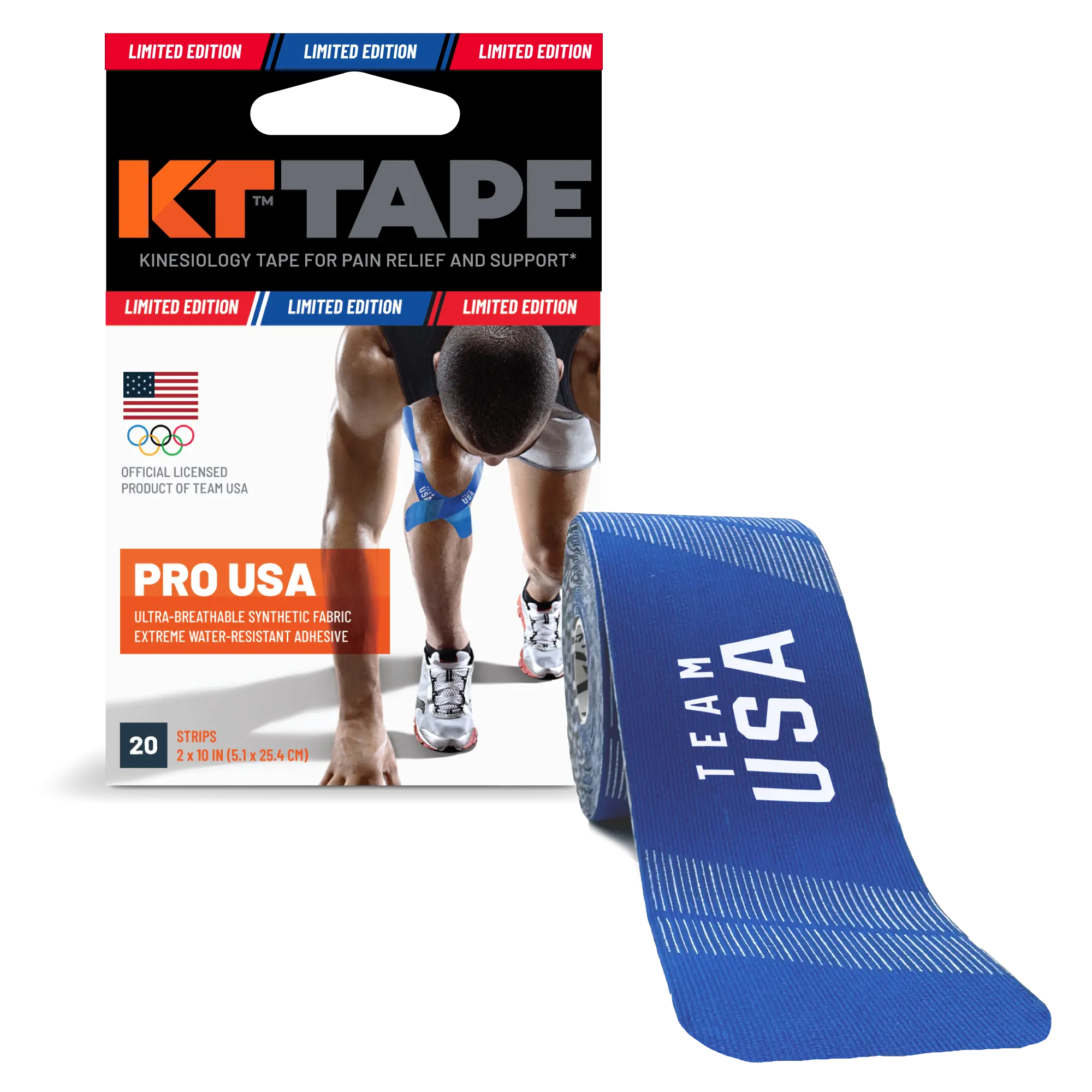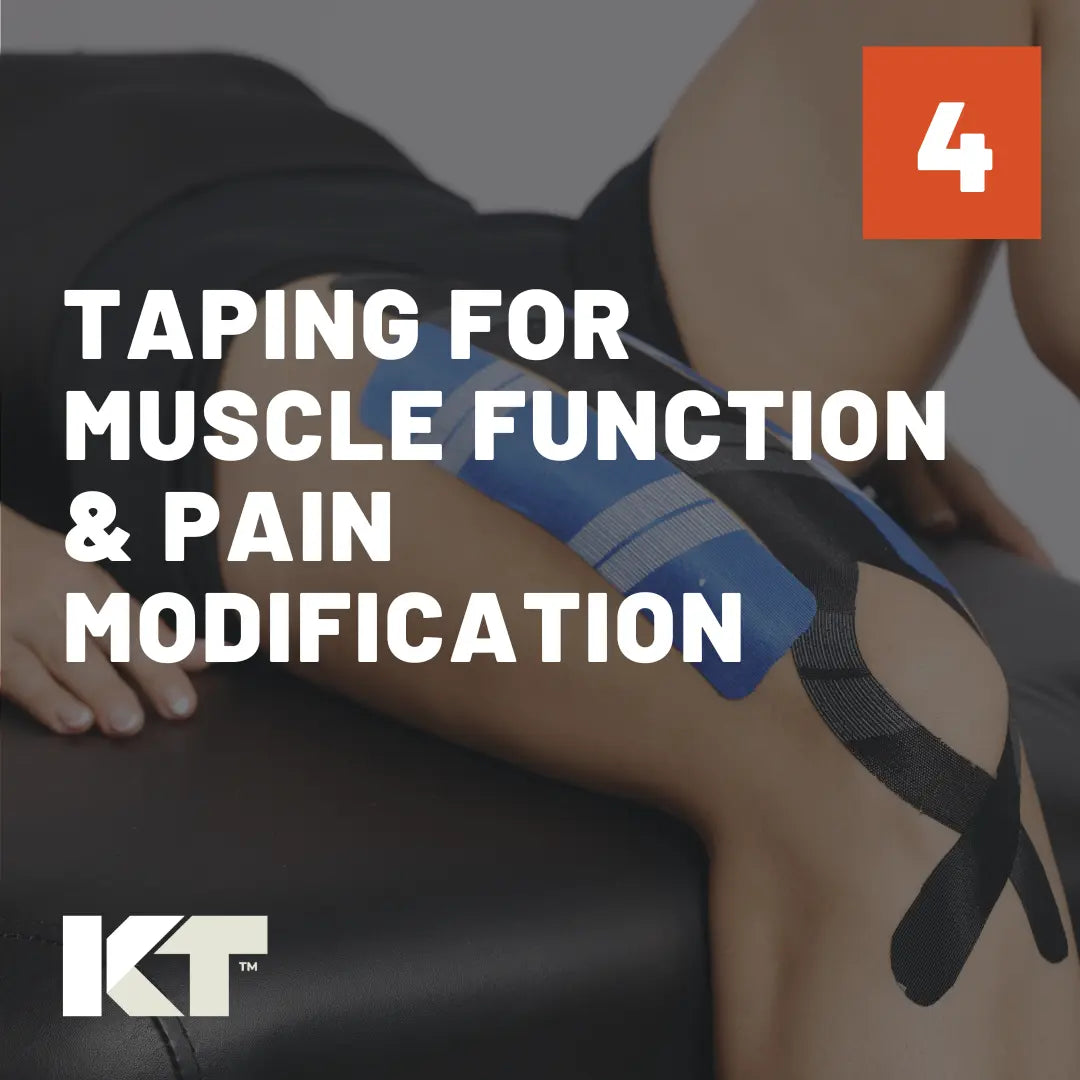If you've ever walked out of a massage therapy session feeling like a new person, you're not alone. Soft tissue therapy, including techniques like myofascial release, massage, and instrument-assisted work like Graston, is one of the most effective ways to treat pain, improve mobility, and speed up healing. But what if the benefits didn’t have to stop when you leave the clinic?
That’s where KT Tape comes in.
Kinesiology tape is a simple but powerful tool you can use at home or between physical therapy visits to help extend the gains you make during soft tissue treatment. While KT Tape isn’t a replacement for hands-on care, it works beautifully alongside chiropractic soft tissue therapy or manual massage to reinforce healing and provide lightweight, ongoing support.
What Is Soft Tissue Therapy?
Soft tissue therapy is a general term for hands-on techniques that target muscles, fascia, tendons, and ligaments to relieve pain and restore function. It includes soft tissue massage physical therapy, myofascial release, trigger point therapy, and more structured modalities like Graston Technique or IASTM (instrument-assisted soft tissue mobilization).
Whether you're dealing with shoulder pain, plantar fasciitis, neck tension, or a stiff hamstring, soft tissue therapy focuses on restoring movement and reducing inflammation. It's often used in sports rehab, post-surgery recovery, and chronic pain management. According to the Spine Health Institute, "Proper physical therapy management and treatment of soft tissue injuries begin with a comprehensive evaluation to determine the origin of dysfunction."
If you're curious about who delivers this kind of care, a qualified soft tissue therapist can tailor the right approach to your unique situation.

Common Goals of Soft Tissue Therapy
Soft tissue physical therapy aims to undo the tightness and adhesions that limit motion and cause discomfort. Most treatments are designed to increase circulation, promote lymphatic drainage, and speed up tissue healing. The work helps improve joint mobility and reduce the kind of soft tissue pain that can limit your daily life or training routine.
Techniques are often targeted at areas like the shoulder, hamstrings, neck, and knee joint, especially when injuries result from repetitive movement, poor posture, or trauma. But as effective as this therapy is, the reality is that results can fade between appointments if not maintained. That’s where KT Tape can help fill the gap.
How KT Tape Supports Soft Tissue Recovery
One of the most immediate benefits of KT Tape is how it may help manage inflammation after a treatment session. When applied correctly, the tape lifts the skin microscopically, allowing for better lymphatic flow. This gentle decompression may help reduce swelling, which is a big win after soft tissue massage physical therapy or chiropractic adjustments.
KT Tape also provides light structural support to injured or recovering areas—without limiting your movement. That means you can go about your day or return to training while keeping your tissue supported. It's especially useful during the healing window between therapy sessions, where pain or tightness might try to creep back in.
KT Tape's effect on circulation is another key reason to use it. It can help improve blood and lymph moving in areas that were just treated, helping you hold on to the improvements made during massage therapy. In fact, KT Tape extends the benefits of massage therapy by keeping muscles supported and fluid dynamics optimized.

When to Use KT Tape After Soft Tissue Therapy
Many therapists recommend applying KT Tape after a session, especially on days when you feel some soreness or tightness returning. It's also helpful during workouts, walks, or even while working at your desk to help your body maintain better posture and movement patterns.
KT Tape can be used immediately after massage or myofascial release, as long as the skin is clean, dry, and free of lotion or oils. It's safe to use between sessions, and when applied properly, can remain on for several days. Just remember: KT Tape complements your therapy—it doesn't replace it. You still need those hands-on sessions to make deeper changes.
How to Apply KT Tape for Common Soft Tissue Injuries
There are plenty of ways to use KT Tape depending on what part of the body needs help. If you have wrist issues from typing, lifting, or sports, our guide on wrist support can show you exactly how to apply it. For hamstring strains, you’ll want a technique that follows the length of the muscle to reduce tension and support healing.
For shoulder tension, neck pain, or plantar fasciitis, taping over the affected area in specific patterns can support muscles and relieve pressure. If your lower back feels stiff, using tape to decompress the lumbar region can reduce tightness and improve posture.
In each case, the key is proper placement and just the right amount of stretch—something your physical therapist can help you with until you get the hang of it.
Precautions and Best Practices
While KT Tape is generally safe, it's not for everyone. Avoid using it on open wounds or irritated skin, and discontinue use if you notice any itching or allergic reaction. If you're unsure, test a small area of skin first.
Also, don’t fall into the trap of thinking tape alone is enough. KT Tape is a powerful ally, but it’s not a substitute for professional treatment. Think of it as a bridge between sessions, not the road itself. Always follow your provider's taping instructions, especially if you're working with a therapist familiar with soft tissue therapy techniques.
Conclusion: Better Together
Soft tissue therapy is all about restoring function and relieving pain and KT Tape is a perfect partner in that mission. When you combine hands-on care with therapeutic taping, you support the healing process every step of the way.
So if you're recovering from a soft tissue injury, managing chronic pain, or simply trying to stay on top of your mobility, talk to your provider about adding KT Tape to your routine. With strong clinical roots, easy at-home application, and growing support among healthcare professionals, KT Tape is a smart, supportive step toward full recovery.
Ready to try it for yourself? Browse KT Tape’s product line to find options for every kind of movement, pain, and recovery goal. You’ve got this!












